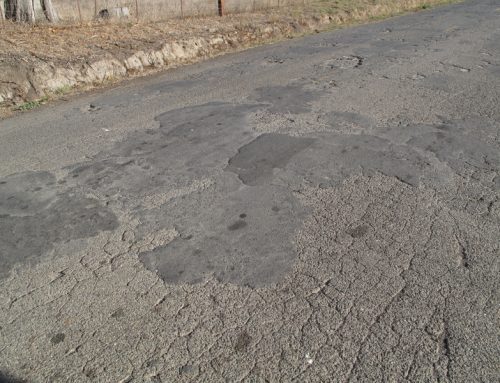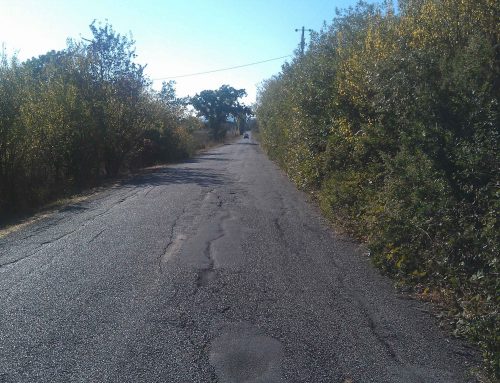It’s hot, the traffic on 101 is maddening and suddenly some jerk cuts in front of you and you’ve got to slam on the brakes. Or perhaps it’s you changing lanes and you accidentally cut off another driver. Either way could trigger road rage — by you or the other driver.
Here’s how to drive and avoid road rage — either as a victim or as the rager — as outlined by CHP Officer Jon Sloat, spokesman for the Santa Rosa CHP office:
The CHP receives calls of road rage or “highway violence” incidents on a daily basis. The term “road rage” has become so prevalent in the media, that many are under the mistaken belief that “road rage” describes an actual crime for which someone can be arrested. This is not the case. In the entire California Vehicle and Penal Codes, there is no crime entitled “road rage.” Road rage is a mix of a driver’s state of mind, and his interactions with the vehicles around him as a result of that state of mind.
Almost all road rage incidents involve some form of reckless driving. The Vehicle Code defines this as: “A person who drives a vehicle upon a highway in willful or wanton disregard for the safety of persons or property…” For law enforcement purposes, this usually involves a driver who is guilty of three moving violations. An officer may see a combination speeding, unsafe lane change and following too closely and determine that the driver is guilty of reckless driving.
A road rage incident, however, may rise to a higher level of danger and seriousness due to the state of mind of the driver. A driver may be under significant stress because of issues in their personal life. If a driver under stress suddenly perceives a wrong done him on the road, the focus of that stress is now on the other driver. If a driver is engaging in reckless driving while focusing on a particular vehicle, you begin to build “intent.” Reckless driving with the intent to target another driver, “teach them a lesson” or give “a little pay back” rises to the level of assault with a deadly weapon. We have seen several occasions in Sonoma County where this has had fatal results.
To avoid being a perpetrator of road rage, keep a few things in mind:
Never drive when angry. An aggressive attitude directly influences aggressive driving.
Don’t take it personally. Other drivers are, like you, trying to get from point A to point B. They will cut you off, tailgate, whatever it takes.
Allow yourself enough time to avoid stressing out while you are driving.
Do not try to teach someone a lesson or get even. As in any walk of life, a person who continues to engage in a pattern of risky behavior, can not continue to do so without consequences. That person who cut you off or tail gated you most likely drives like that every day. Eventually, they will be observed by law enforcement and cited or they will crash. They will not get away with it forever.
Be a considerate driver. Obey the rules of the road.
Always remember that a vehicle is as deadly a weapon as a firearm. It is not a toy or tool to make a point with.
To avoid being a victim of a road rage incident:
Do not engage another driver. If you feel you are being targeted, put distance between the two of you or take an exit. If you continue to be targeted with aggressive driving, call 911. Any situation where a driver has cause to believe that they are in serious danger should be reported to police immediately.
Avoid eye contact and hand gestures. It only takes one gesture to heat things up with another driver.
Obey the rules of the road; do not tailgate, always use your turn signals, and move to the right for faster traffic.
The bottom line to avoid road rage. Be a courteous driver!



